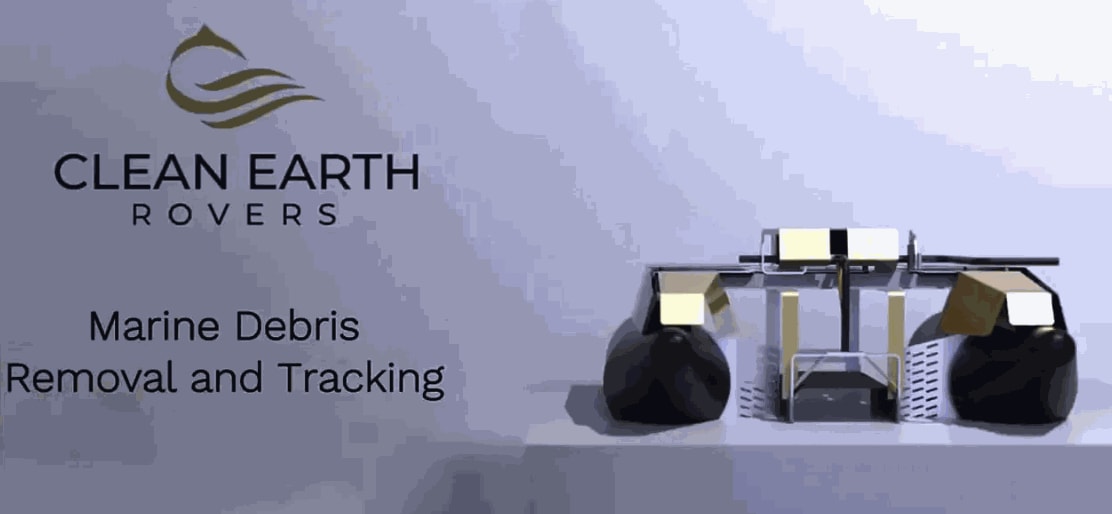Webinar Summary
The following summary is auto-generated from the webinar recording.
Welcome to our exploration of how to effectively prototype environmental monitoring IoT devices. In this blog, we’ll dive deep into the challenges, solutions, and innovations that are reshaping the way we approach environmental monitoring using IoT technology. We’re fortunate to have insights from leaders in the field, including Clean Earth Rovers and LimnoTech, who are at the forefront of this revolution.
The Importance of Rapid Prototyping in IoT
Rapid prototyping is crucial in the Internet of Things (IoT) landscape. It allows engineers to quickly test ideas and iterate on designs, especially when considering the complexities of connectivity. Often, connectivity in IoT is an afterthought, but it should be integrated from the earliest stages of development. This approach not only saves time but also prevents costly retrofitting later on.
Connectivity: The Heart of IoT
When developing IoT prototypes, establishing connectivity early can pay off massively. There are numerous connectivity options available, including:
- Cellular: Great for remote deployments, but can be complex to program.
- Wi-Fi: Excellent for high bandwidth needs, but can fail in low power scenarios.
- LoRaWAN: Ideal for long-range communication but requires a solid network of gateways.
Each connectivity option comes with its own set of pros and cons, making it essential to consider deployment-specific factors like communication range, power efficiency, and data throughput.
Comparing Wireless IoT Connectivity Options
Choosing the right connectivity option can be overwhelming due to the myriad choices available. Let's break down the most popular options:
Wi-Fi
Wi-Fi has improved significantly in terms of speed and reliability. New protocols like 802.11ah focus on low power consumption, making it suitable for IoT. However, Wi-Fi can be difficult to configure for non-technical users and is dependent on local power sources.
Cellular
Cellular technology, particularly LTE-M and NB-IoT, provides extensive coverage and reliability. Cellular networks can be a great choice for applications where uptime is critical. However, they may not be suitable for high-bandwidth applications like streaming video.
LoRaWAN
LoRaWAN is gaining traction for its ability to balance low power and long-range communication. However, its effectiveness relies on a robust network of gateways, which may not be available in all regions.

Blues: Innovating IoT Connectivity
Blues aims to simplify the process of wireless IoT connectivity. Their solutions focus on security, low power consumption, and developer-friendly experiences. The core product, the Notecard, is a low-power system-on-module designed to ease the integration of cellular and Wi-Fi connectivity into various projects.
Key Features of the Notecard
- Embedded SIM for easy connectivity.
- JSON-based API for straightforward interactions.
- Low power consumption of just 8 microamps when idle.
With these features, developers can avoid the hassle of managing complex configurations and focus on building their applications.
Real-World Applications: Clean Earth Rovers
One of the most exciting use cases comes from Clean Earth Rovers, a startup focused on solving marine debris issues in coastal waterways. They are developing autonomous debris skimmers that collect trash and monitor water quality metrics.
Innovative Solutions
Clean Earth Rovers combines a solar-powered, autonomous vehicle with environmental monitoring technology. This device can collect up to 150 pounds of trash and also monitor key water quality metrics. Data from these devices is aggregated into a user-friendly interface, enabling predictive analytics for pollution events.

LimnoTech: Pioneering Environmental Monitoring
Another leader in the field, LimnoTech, emphasizes the importance of leveraging IoT for environmental monitoring. They focus on creating solutions that offer real-time data, enabling municipalities and organizations to respond swiftly to environmental challenges.
The Role of IoT in Environmental Monitoring
LimnoTech utilizes IoT sensors to monitor water quality, track pollutants, and provide actionable insights. Their systems allow for real-time data collection, which can significantly improve decision-making processes in environmental management.

Challenges in Developing IoT Solutions
Despite the advantages, developing IoT solutions for environmental monitoring comes with challenges, including:
- Data security: Ensuring secure communication between devices and cloud applications.
- Scalability: Building systems that can grow with increasing data needs.
- Interoperability: Ensuring different devices and solutions can work together seamlessly.
Conclusion and Future Directions
The future of environmental monitoring through IoT is promising. By integrating rapid prototyping with robust connectivity solutions like those offered by Blues, organizations can effectively address environmental challenges. The insights gained from these technologies can lead to better decision-making and ultimately a healthier planet.
For those interested in diving deeper into the world of IoT environmental monitoring, explore our resources and consider how you can implement these technologies in your own projects!
Learn More
For more information about how to get started with IoT environmental monitoring, check out our channel for tutorials and insights.
